Before the tragic events of 9/11 in the US, security allowed passengers to enter the airport with bags containing everything a person might need for a vacation, including knives, liquids and various electronic devices. But since 9/11, there have been changes to airport security regulations around the world to prevent homemade explosives.
Liquids are currently allowed in carry-on luggage as long as they are no more than 100ml (although, with the rollout of more modern scanners, this rule is being phased out at major airports), with some rare exceptions. Notably, laptops and other electronic devices must also be removed from carry-on luggage for screening.
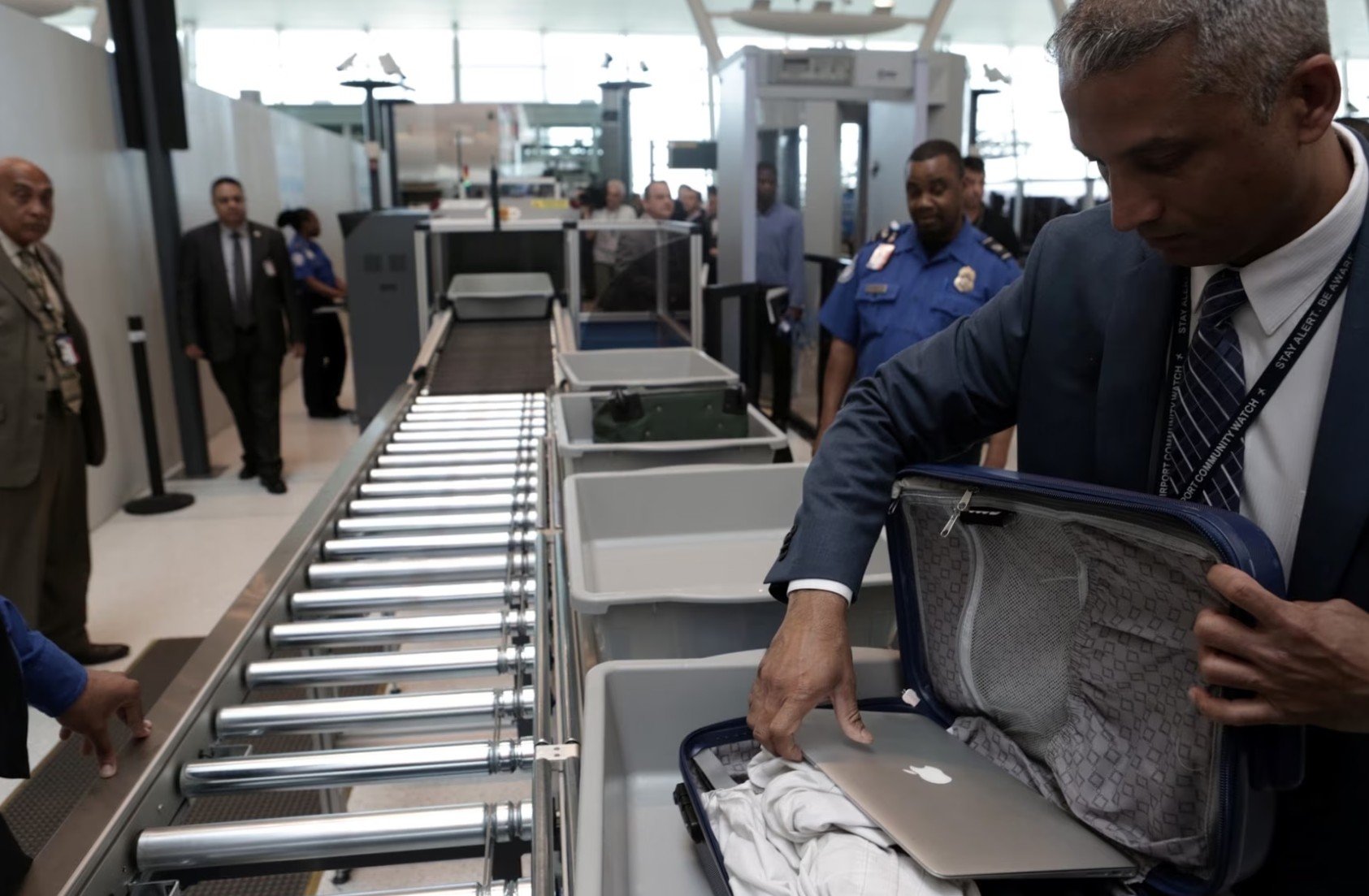
Passengers take laptops out of their carry-on bags for screening before boarding the plane.
According to SimpleFly , the main reason passengers have to remove laptops from their bags is because the battery and other components are too dense for X-rays to easily pass through, especially with older screening systems. The same goes for power cords and other devices like tablets and cameras.
Carrying a laptop inside a bag can also block the view of other potentially dangerous items. A separate scan allows security personnel to clearly see the internal components on the screen. In certain cases, passengers may be asked to turn on the laptop to prove it is working.
Furthermore, all laptop batteries are made of lithium-ion materials that are highly flammable. The US Federal Aviation Administration (FAA) has issued a warning about the possibility of laptop batteries overheating if stored in the cargo hold of an aircraft. "Devices containing lithium metal or lithium ion batteries (laptops, smartphones, tablets, etc.) must be carried in carry-on baggage. Flight crews are trained to recognize and respond to lithium battery fires in the cabin. Passengers should immediately notify flight crew if their lithium battery or device overheats, expands, smokes, or catches fire," the FAA said.
However, once airports around the world adopt new generation scanners capable of checking carry-on luggage from multiple angles such as Milan Linate (LIN), Amsterdam Schiphol (AMS), Rome Fiumicino (FCO), London City (LCY) and Eindhoven Airport (EIN)… the inconvenience of taking out laptops will become a thing of the past.
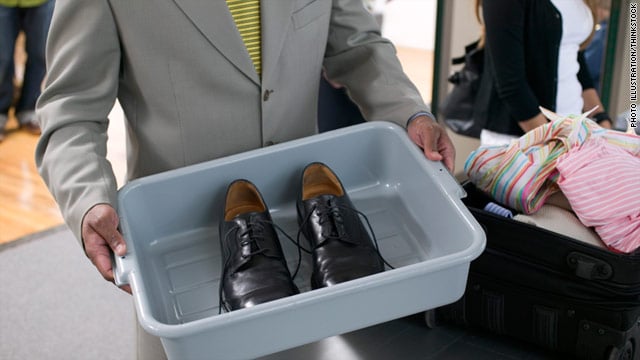
The reason for taking off your shoes during airport security checks stems from the terrorist attack carried out by Richard Reid in December 2001 on an American Airlines flight, shortly after the 9/11 terrorist attacks. He attempted to detonate a shoe bomb on this flight from Paris to Miami.
The crew discovered the incident and the plane made an emergency landing at Logan in Boston. None of the nearly 200 passengers on board were injured.
As a result, the TSA (Transportation Security Administration) has instituted shoe searches to prevent future incidents. Although the TSA is an American agency, it is a measure that has been copied at airports around the world – including in the UK and many European countries.
In 2006, removing shoes before going through the X-ray machine was made mandatory for all passengers – this was relaxed in 2011 to allow children aged 12 and under and adults aged 75 and over to wear shoes.
According to a survey conducted by the US Travel Association, 37% of air passengers consider taking off their shoes at the airport the most unsatisfying aspect of the flying experience.
"The shoe-taking issue for passengers is a testament to the inefficiency and lack of innovation in today's screening system," Geoff Freeman, executive vice president of the US Travel Association, told CNN. "If we focus on that, we can help people keep their shoes on their feet."
Source link




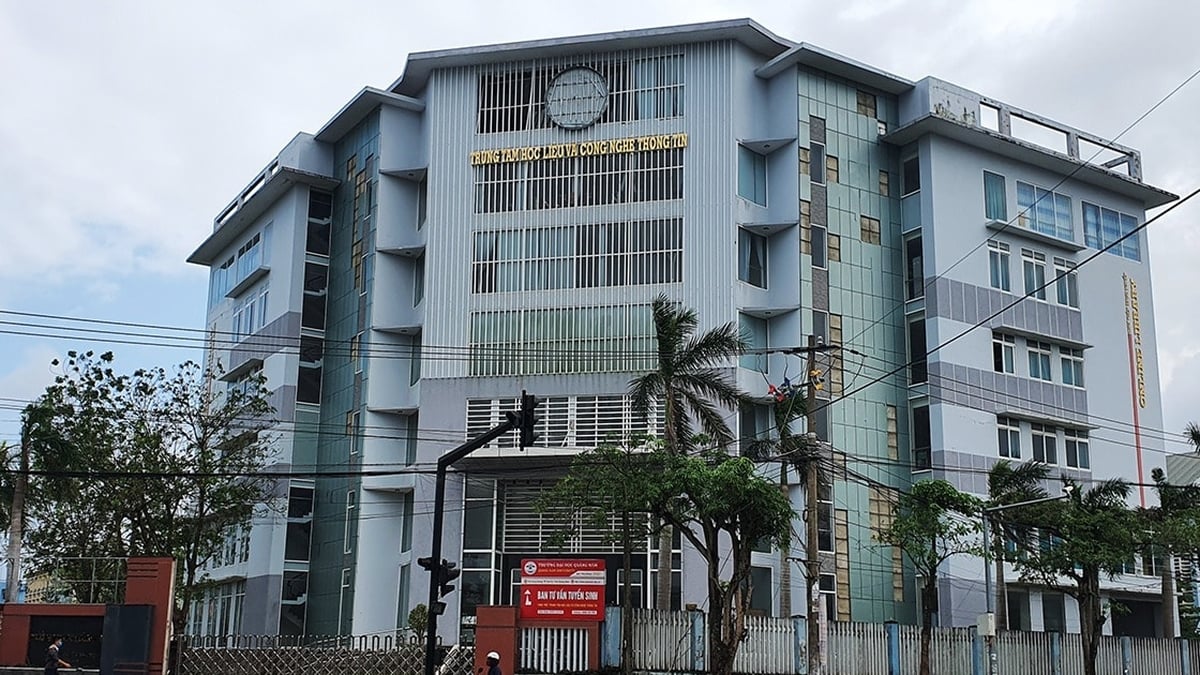






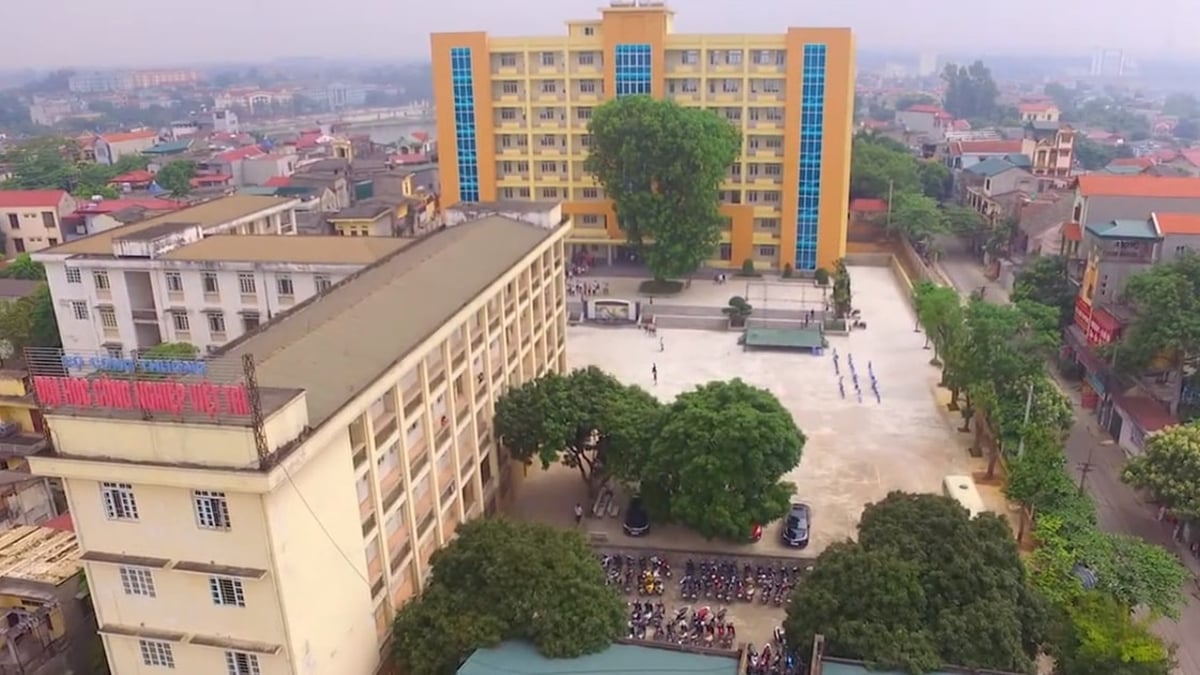












![[Photo] National Assembly Chairman Tran Thanh Man visits Vietnamese Heroic Mother Ta Thi Tran](https://vphoto.vietnam.vn/thumb/1200x675/vietnam/resource/IMAGE/2025/7/20/765c0bd057dd44ad83ab89fe0255b783)





































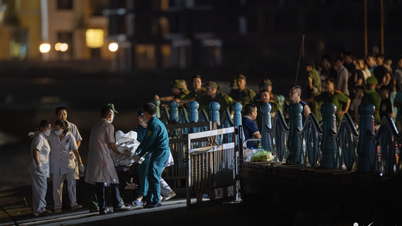

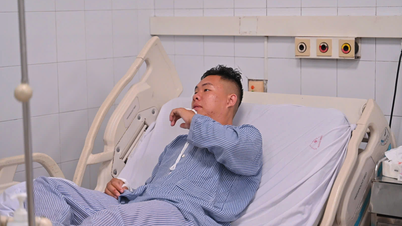
































Comment (0)